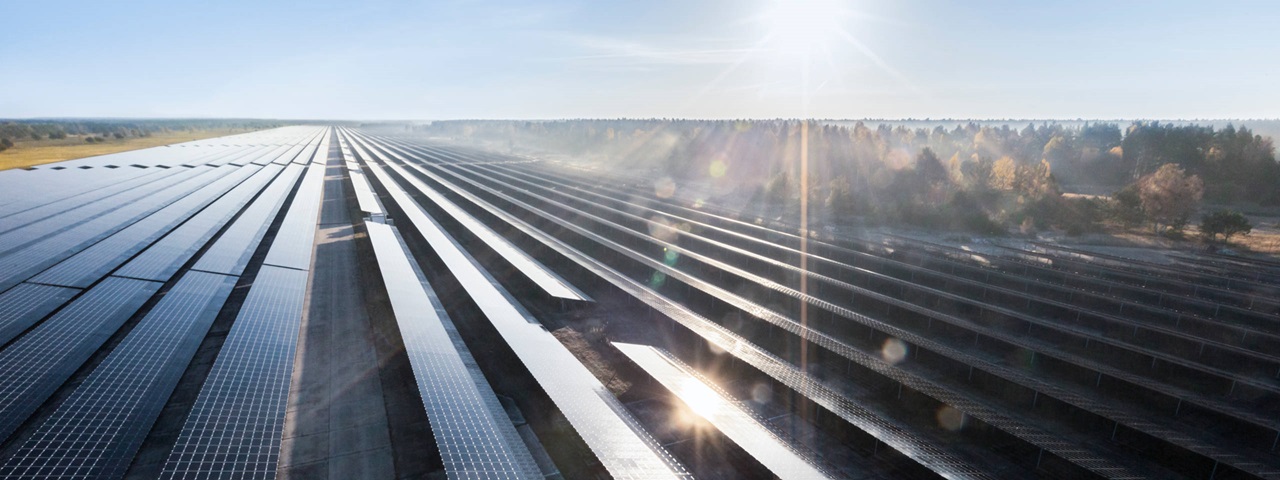
An influx of renewables in Australia is driving thermal generation off the grid faster than expected, according to analysts Fitch Solutions.
The company is now predicting a nearly 2.9GW contraction in overall thermal capacity over the next ten years, with older coal plants coming offline as well as new-build plants unlikely to come to fruition.
Unlock unlimited access for 12 whole months of distinctive global analysis
Photovoltaics International is now included.
- Regular insight and analysis of the industry’s biggest developments
- In-depth interviews with the industry’s leading figures
- Unlimited digital access to the PV Tech Power journal catalogue
- Unlimited digital access to the Photovoltaics International journal catalogue
- Access to more than 1,000 technical papers
- Discounts on Solar Media’s portfolio of events, in-person and virtual
Or continue reading this article for free
Cheaper renewable generation has lowered the wholesale energy price in Australia, making it harder for coal to compete. This has been further exacerbated in recent months by the COVID-19 pandemic driving down energy demand.
In 2019, non-hydro renewables capacity – largely made up of wind and solar – surged by an estimated 33.9% according to Fitch, while generation grew by 27.6%. Both outperformed expectations, thereby eroding the share of coal generation in the energy mix.
On this basis, Fitch has changed its forecast for total thermal generation as a share of the power mix from an estimated 79.7% in 2019 to 69.3% by 2029. Over the same period, the share of non-hydro renewables is expected to grow from 14.9% in 2019 to 24.7%.
There is a backlog of large-scale renewable projects, held back by several grid connection delays and the pandemic that will likely now progress helping to advance this trend.
Additionally, increasing use of distributed solar generation will put pressure on thermal generators, as the need for central generation falls and electricity prices are depressed by surplus generation on the grid as households and businesses choose to generate their own.
State support for renewables has also been growing, and is likely to continue to in light of the bushfires and flash floods early in 2020 raising environmental awareness. The growing opposition to thermal generation – including the Australian Energy Council calling on Morrison’s government to set a net zero by 2050 target – supports Fitch’s bearish outlook on thermal power in Australia.
Already, the federal government is working on a Technology Roadmap that looks into supporting low and zero emission technologies, which could help prompt a shift from coal and gas to hydrogen .
Fitch’s analysis follows on from a slew of interest in renewables in Australia, such as the plan to establish ‘renewable energy zones’. The first is planned for the state of New South Wales, and a recent call for proposals saw an overwhelming level of interest. A deluge of 27GW of applications were submitted, making it oversubscribed nine-fold.
Recently Australia’s Clean Energy Council (CEC), highlighted the dramatic cost reduction of renewables, with solar falling 90% over the last ten year. Solar and wind should therefore form the basis of efforts to “turbo-charge” Australia’s energy transition the CEC told the government.
